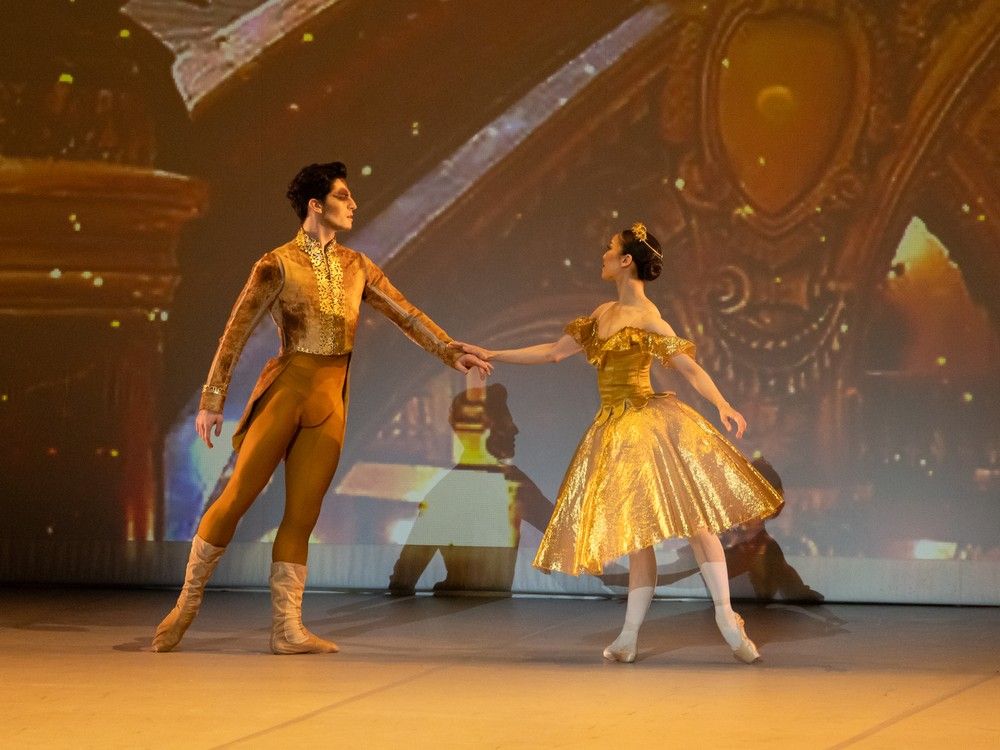Electing a pope is like TV show The Traitors, says Conclave author Robert Harris
Electing a pope is like The Traitors, says Conclave author Robert Harris
Author Robert Harris draws parallels between the politics and group dynamics involved in electing a new pope and the reality TV competition The Traitors. In his 2016 novel Conclave, which was later adapted into an Oscar-winning film, Harris delves into the intricate process of choosing a new pontiff.
Harris believes that the psychology of a crowd plays a significant role in both scenarios. He notes that when a group of individuals, such as the cardinals in a conclave, are secluded and forced to make a decision, emotions can quickly sway the outcome. This phenomenon, he says, is reminiscent of the dynamics seen in reality TV shows like The Traitors, where contestants must identify traitors within their midst through debates and eliminations.
The author had the opportunity to research the Vatican and speak with cardinals who participated in previous conclaves while working on his novel. He was struck by the political nature of the papal election process and the intense environment in which it takes place. The cardinals are isolated from the outside world, with no access to communication devices, adding a mysterious and unique element to the proceedings.
Harris recalls watching the live coverage of the conclave that elected Pope Francis and being intrigued by the faces of the cardinals gathered in the windows before the new pope was revealed. He likened the scene to the Roman Senate, sparking his interest in exploring the political intricacies of the papal election process.
The author also highlights the tension between the sacred and profane aspects of the conclave. While the election of a pope is a deeply spiritual event for the Catholic Church, it also carries significant political implications, given the influence and reach of the papacy. The issues at stake, such as abortion, birth control, and the role of women, make the election a highly contested and politically charged event.
When asked about the level of scheming and deceit that occurs in the conclave, Harris acknowledges that there is certainly maneuvering taking place behind the scenes. He references the election that brought Cardinal Ratzinger to the papacy as an example of strategic voting and shifting allegiances among the cardinals.
Ultimately, Harris’s exploration of the papal election process sheds light on the complex interplay of politics, faith, and human nature that shapes the selection of the leader of the Catholic Church. As the current conclave gets underway in Rome, the author’s insights offer a fascinating perspective on the inner workings of this centuries-old tradition.



